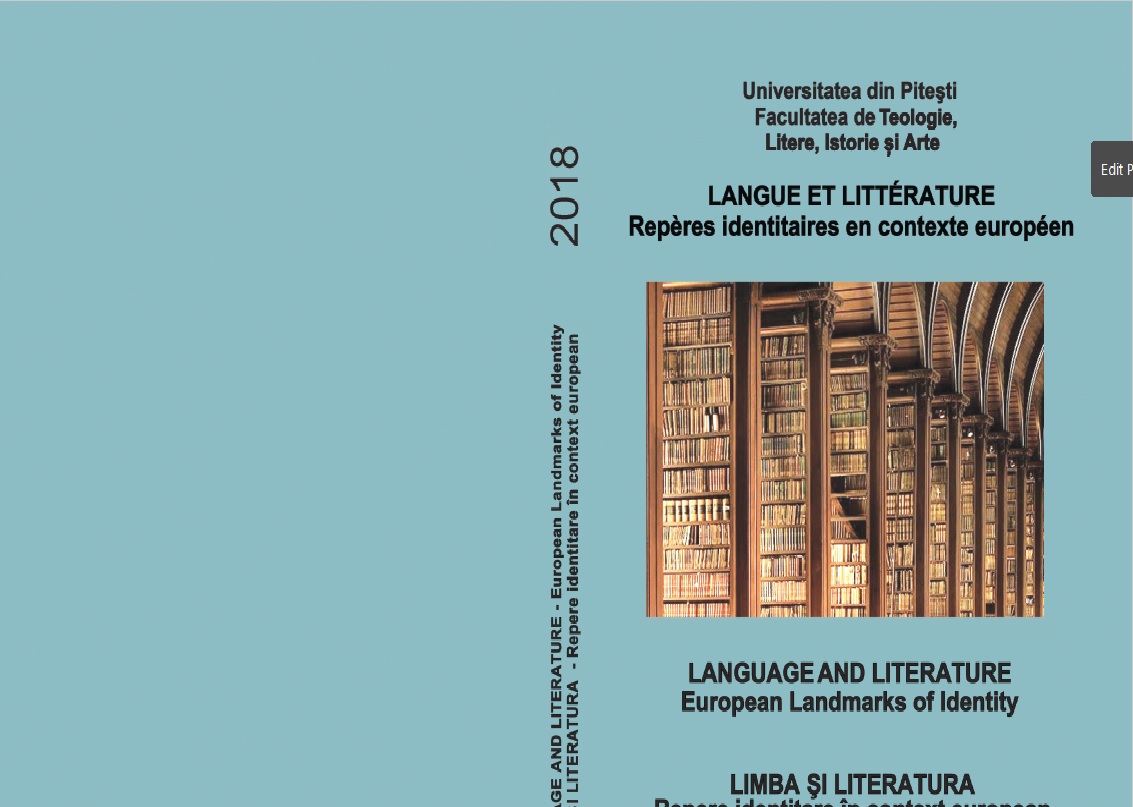TOPOGRAPHIEN DES IMAGINÄREN UND IHRE POETISCHEN FUNKTIONEN IN ELIAS CANETTIS ROMAN „DIE BLENDUNG”
TOPOGRAPHIES OF THE IMAGINARY AND THEIR POETIC FUNCTIONS IN ELIAS CANETTIS NOVEL "THE BLENDING"
Author(s): Ali AberkaneSubject(s): Language and Literature Studies, Studies of Literature
Published by: Editura Universităţii din Piteşti
Keywords: Imaginary; space; poetics;
Summary/Abstract: Elias Canetti’s novel “Auto-da-Fe” (German: „Die Blendung”), first published in Austria in 1935, can be considered as a cultural “artefact” with complex representations of the imaginary. Its constructivism and spatiality include certain reflections on the metalinguistic and fictional dimensions of literary discourses. Notions such as space, time and fictionality are important components of this novel, and can be read towards a poetics of utopian and heterotopic spaces. Therefore, they are to be regarded as intermediate and constitutive dimensions for the author’s poetological reflections. Furthermore, the alienating character of the novel plot, which tells the tumultuous story of the Austrian sinologist and book collector Peter Kien, proves to be an essential element that makes the imaginary appear as a shimmering and constellation-like phenomenon. The present article aims to situate and analyse the forms, the topographical structures and the types of Canetti’s poetics of the imaginary.
Journal: LIMBA ȘI LITERATURA – REPERE IDENTITARE ÎN CONTEXT EUROPEAN
- Issue Year: 2018
- Issue No: 23
- Page Range: 183-191
- Page Count: 9
- Language: German

